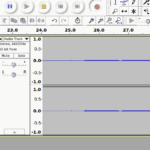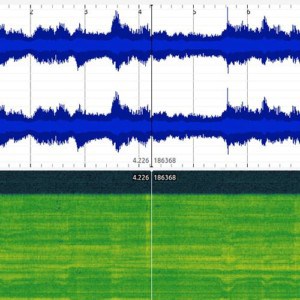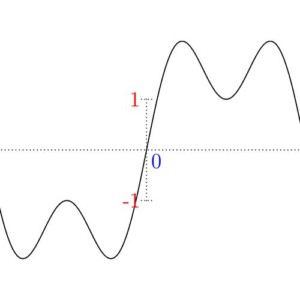In this series we will learn about Signal Processing!
Signal Processing 1: Students will be introduced to the theoretical behaviours (of oscillation) needed to interpret patterns within the physical world as signals. At this level, the focus is on being able to read simple signals, and to understand that complex signals, although imposing in appearance, can be also be read. The main objective of Part One is to teach students the three core behaviours of oscillations: origin, amplitude, frequency. With this information, the goal is for students to learn to see these patterns in the world around them.
Signal Processing 2: As stated in Part One, signal processing forms the foundation of the current multimedia revolution. Part Two is intended to demonstrate basic, but important, audio and image editing applications, that we otherwise take for granted in our daily interactions with media. In particular, three applications are demonstrated: Audacity, Sonic Visualiser, and Gimp. The main objective of this module is to introduce the core toolset of digital signal processing: Fourier Transforms and Filter Theory. The narrative focus explores the major relationships and applications of these tools, alluding to but otherwise buffering the underlying math.


